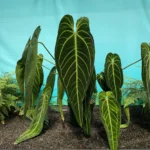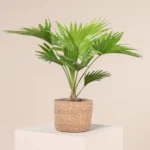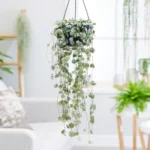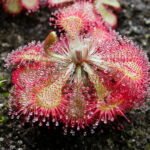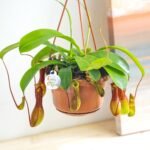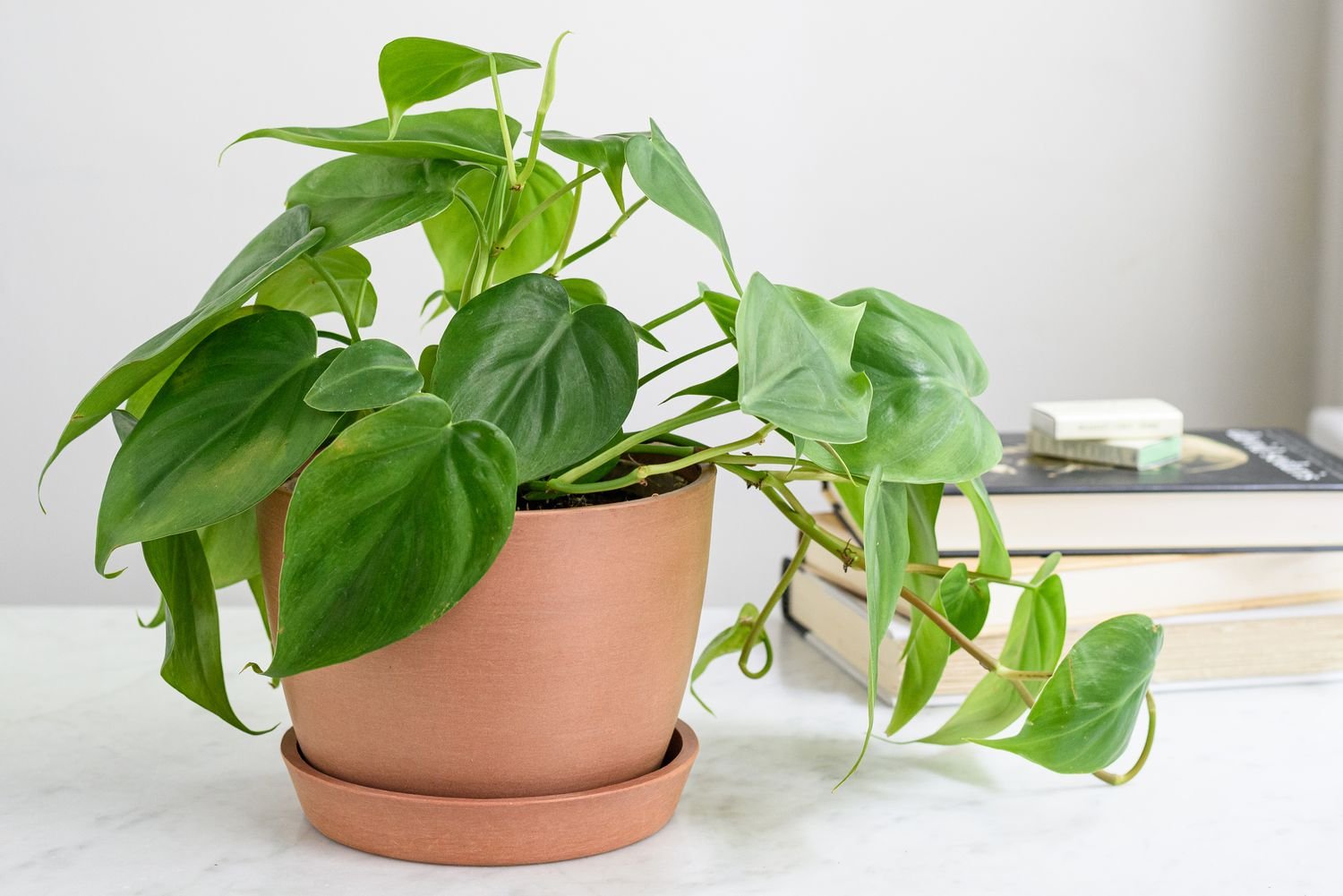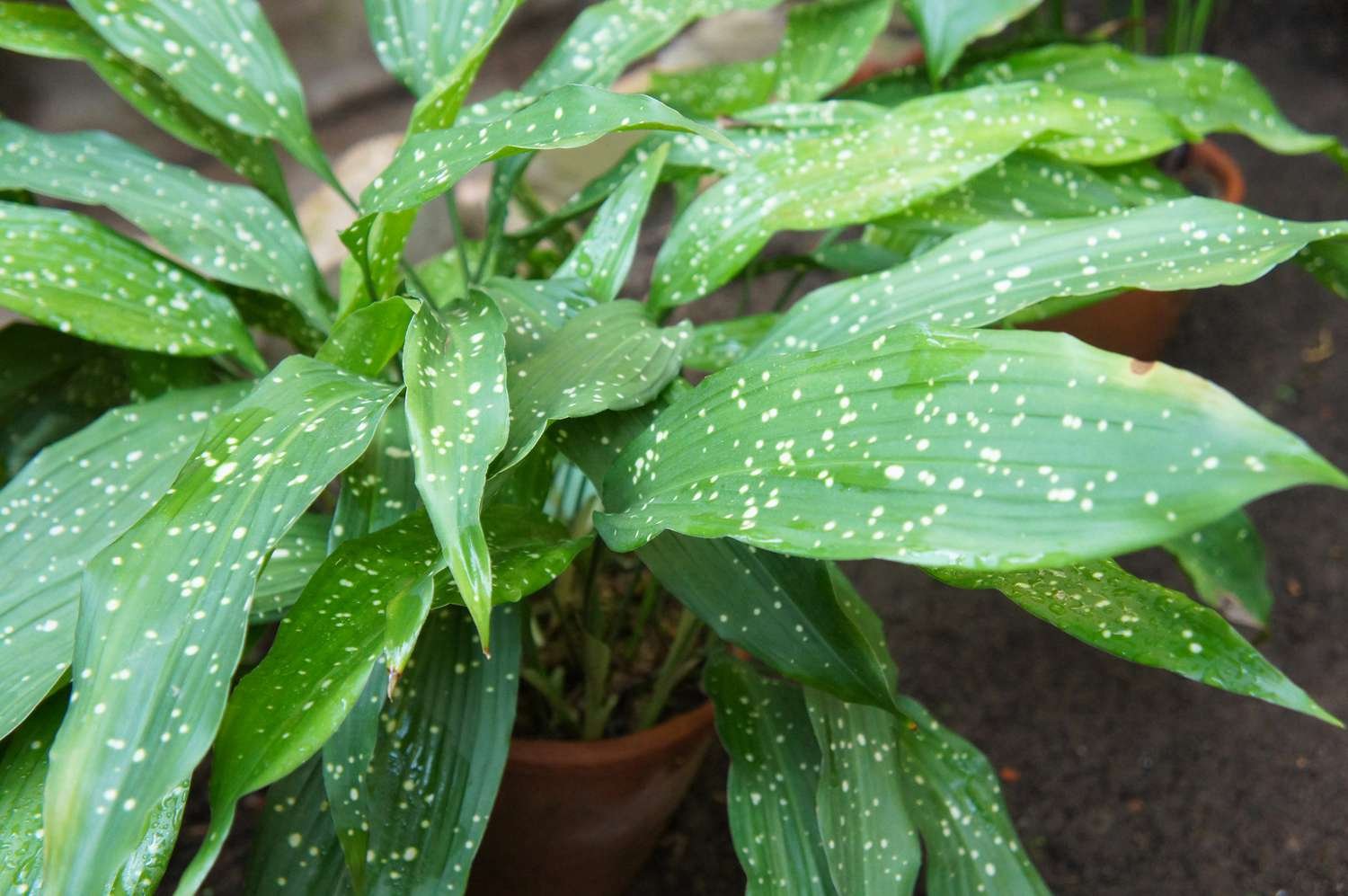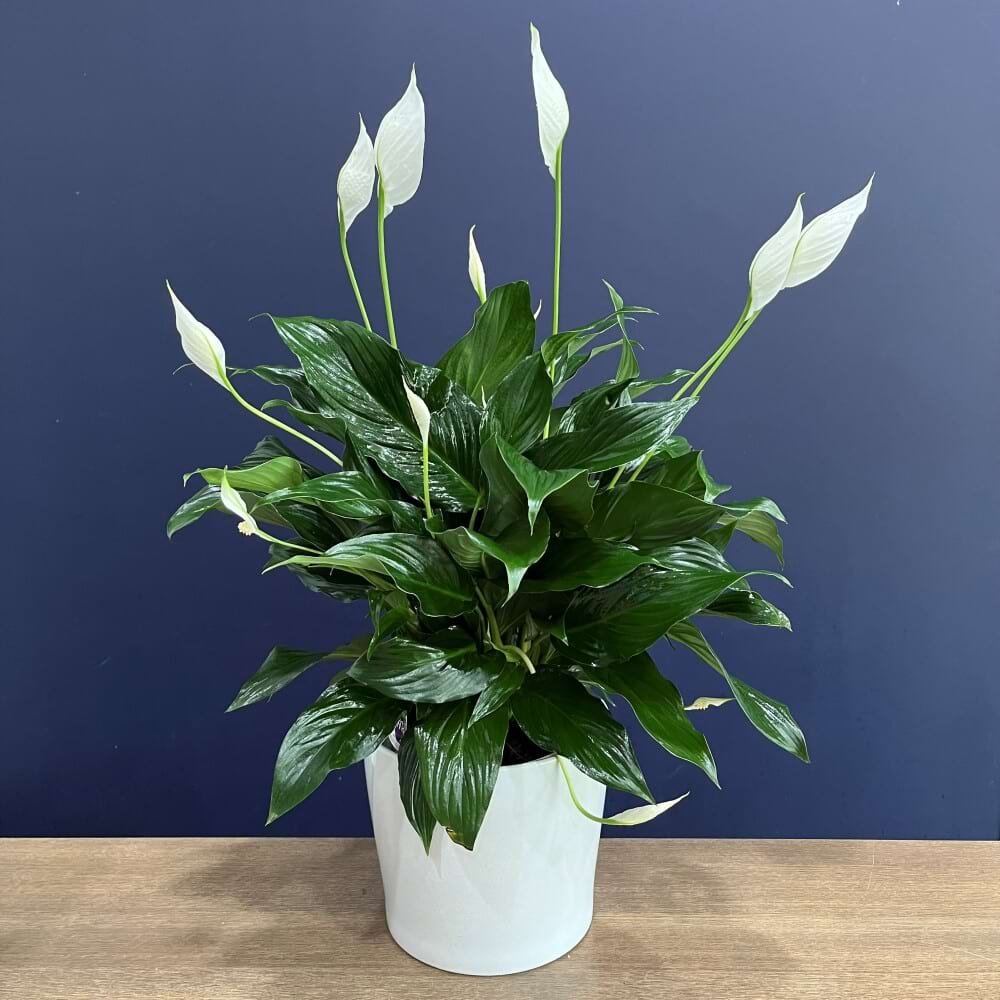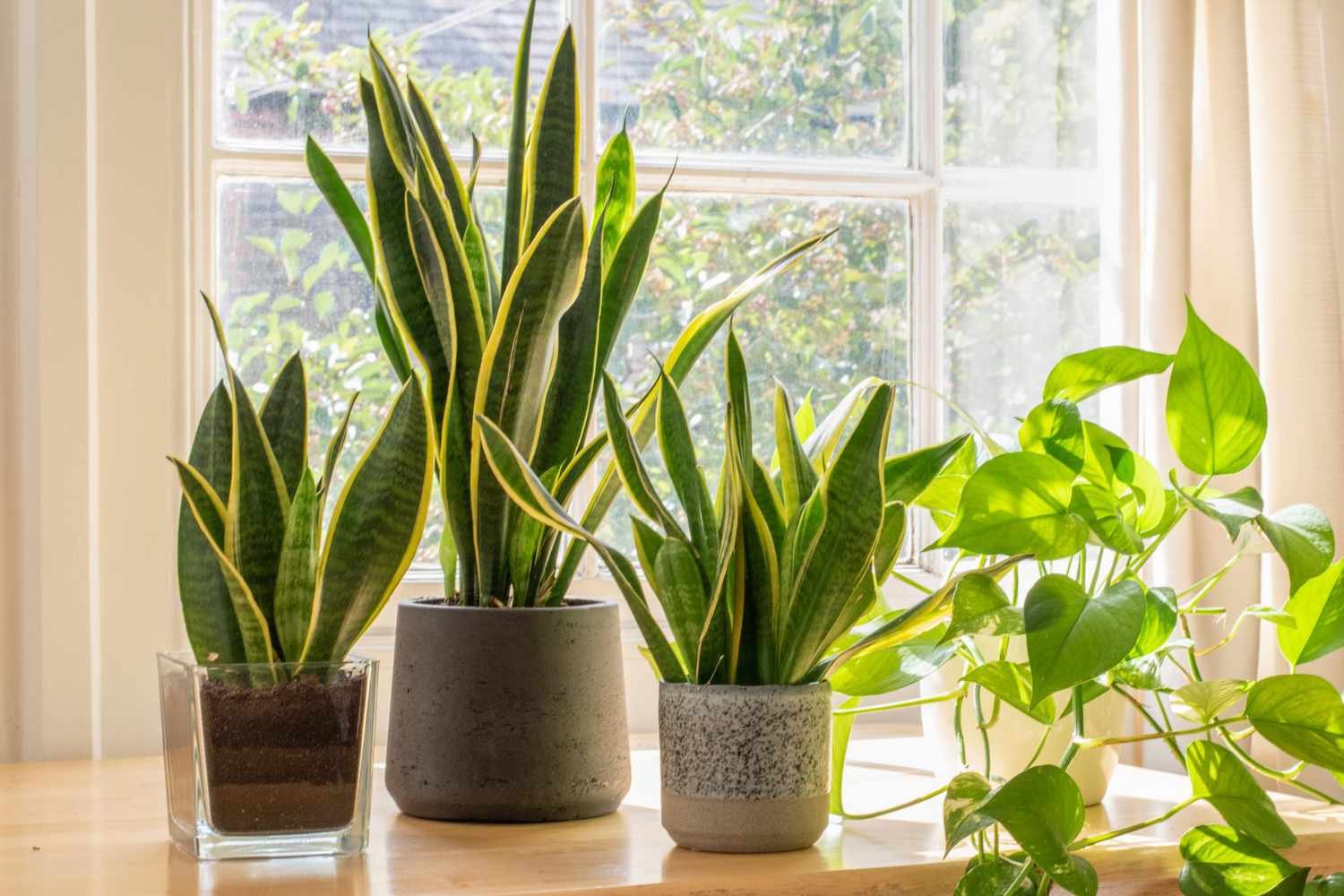Categories: Houseplants, Tropical Plants, Climbing Plants, Air-Purifying Plants, Low-Light Plants
Unlocking the Secrets of Philodendron Care: From Novice to Expert
Introduction
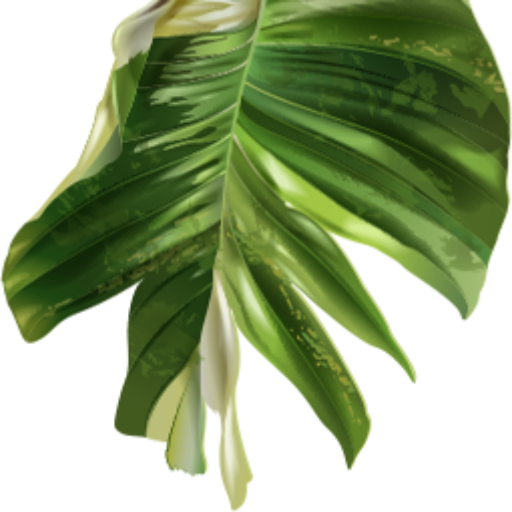
Philodendrons are a diverse genus of flowering plants in the family Araceae, native to tropical Americas. With over 489 species, Philodendrons offer a wide variety of leaf shapes, sizes, and growth habits, making them one of the most popular choices for indoor gardening.
The name Philodendron comes from the Greek words “philo” (love) and “dendron” (tree), which alludes to their tree-loving nature as many species are climbers in their natural habitat. These plants have been cultivated as houseplants since the late 19th century, prized for their adaptability, air-purifying qualities, and lush, tropical appearance.
Philodendrons can be broadly categorized into two types: climbing varieties that use aerial roots to attach to supports, and non-climbing (self-heading) types that grow in a more compact, bush-like form.
Real-world event: In 2023, a rare variegated Philodendron spiritus-sancti sold for a record-breaking $50,000 at an online auction, highlighting the current “rare plant” craze and the high value placed on unique Philodendron varieties.
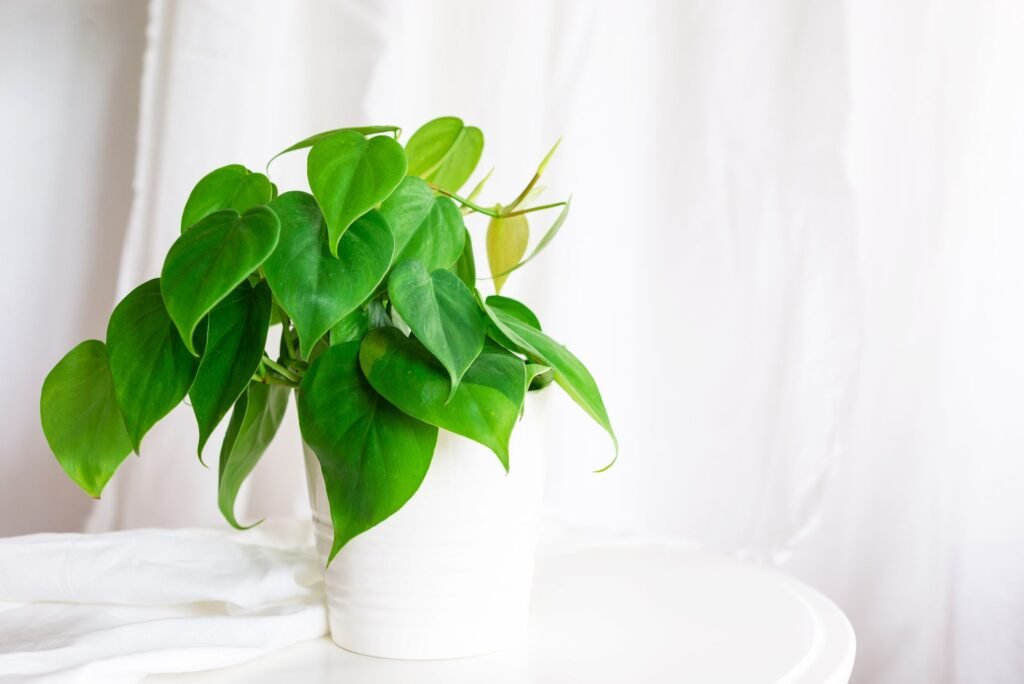
Care Guide
- Light:
Most Philodendrons thrive in bright, indirect light but can tolerate lower light conditions. Avoid direct sunlight, which can scorch the leaves. - Water:
Allow the top inch of soil to dry out between waterings. Water thoroughly, then allow excess to drain. Reduce watering in winter. - Humidity:
Philodendrons prefer higher humidity levels. Mist leaves regularly or use a pebble tray to increase humidity. - Temperature:
These tropical plants prefer temperatures between 65-80°F (18-27°C). Avoid cold drafts and temperatures below 55°F (13°C). - Fertilizer:
Feed monthly during the growing season with a balanced, water-soluble fertilizer diluted to half strength. Reduce or stop fertilizing in fall and winter. - Pruning:
Prune regularly to control size and shape. For climbing varieties, pinch off growing tips to encourage bushier growth.
Soil and Potting/Repotting
Soil:
Philodendrons prefer a well-draining, airy potting mix. A good mixture includes:
- 2 parts peat moss or coco coir
- 1 part perlite
- 1 part pine bark
This mix provides good moisture retention while ensuring adequate drainage.
Potting:
Choose a pot with drainage holes. For climbing varieties, select a pot with a moss pole or trellis for support.
Repotting:
Repot young plants annually, and mature plants every 2-3 years or when rootbound. Spring is the best time for repotting. Steps include:
- Gently remove the plant from its current pot.
- Loosen the root ball and remove any dead or rotting roots.
- Place in the new pot with fresh potting mix.
- Water thoroughly and place in a shaded area for a few days to recover.
Health and Diseases
Common Pests:
- Spider mites
- Mealybugs
- Scale insects
Treatment:
- Isolate affected plants.
- Wipe leaves with a solution of water and mild soap or neem oil.
- For severe infestations, use insecticidal soap or a systemic insecticide.
Diseases:
- Root rot: Caused by overwatering or poor drainage.
- Leaf spot: Fungal disease causing brown spots on leaves.
- Bacterial blight: Causes water-soaked spots on leaves.
Prevention and Treatment:
- Ensure proper watering and good air circulation.
- Remove affected leaves promptly.
- For fungal issues, treat with a copper-based fungicide.
- For bacterial infections, prune affected areas and avoid overhead watering.
Business: How to Make Money and Beyond
- Plant Sales:
- Grow and sell popular Philodendron varieties.
- Specialize in rare or variegated Philodendrons for collectors.
- Plant Styling Services:
- Offer interior plant design featuring Philodendrons for homes and offices.
- Create and sell pre-made plant arrangements or “living walls” with Philodendrons.
- Content Creation:
- Start a blog or YouTube channel focused on Philodendron care and varieties.
- Write e-books or create online courses about tropical houseplants.
- Specialty Products:
- Design custom climbing supports or trellises for Philodendrons.
- Create plant care kits specific to Philodendrons.
- Propagation Workshops:
- Conduct workshops teaching Philodendron propagation techniques.
- Rare Plant Auctions:
- Host online auctions for rare Philodendron varieties.
- Plant Rental:
- Offer Philodendron rentals for events, photo shoots, or temporary office decor.
Variety and Price Table
| Variety | Average Price (USD) |
|---|---|
| Philodendron Brasil | $15 – $30 |
| Philodendron Heartleaf | $10 – $25 |
| Philodendron Pink Princess | $100 – $300 |
| Philodendron Birkin | $30 – $60 |
| Philodendron Gloriosum | $80 – $200 |
Regional Price Comparison Table
| Country/Region | Average Price (Local Currency) |
|---|---|
| USA | $20 – $50 USD |
| UK | £15 – £40 GBP |
| Australia | $25 – $65 AUD |
| Canada | $25 – $60 CAD |
| Germany | €18 – €45 EUR |
FAQs
- Q: How often should I water my Philodendron?
A: Water when the top inch of soil feels dry, typically every 7-10 days. - Q: Are Philodendrons toxic to pets?
A: Yes, they’re toxic to cats and dogs if ingested, causing mouth and digestive irritation. - Q: How do I propagate my Philodendron?
A: Most Philodendrons can be propagated through stem cuttings in water or soil. - Q: Why are my Philodendron’s leaves turning yellow?
A: Yellowing leaves can be due to overwatering, underwatering, or nutrient deficiencies. - Q: How fast do Philodendrons grow?
A: Growth rate varies by species, but most are moderate to fast growers in optimal conditions. - Q: Can Philodendrons grow in water permanently?
A: While they can survive in water for a while, soil is best for long-term health and growth. - Q: How do I encourage my climbing Philodendron to grow fuller?
A: Pinch off the growing tips to encourage branching and provide a support structure. - Q: Can Philodendrons be grown outdoors?
A: In tropical and subtropical climates (USDA zones 9-11), many Philodendrons can be grown outdoors. - Q: How do I clean my Philodendron’s leaves?
A: Wipe leaves gently with a damp cloth to remove dust and improve photosynthesis. - Q: Why isn’t my variegated Philodendron producing colorful leaves?
A: Lack of variegation is often due to insufficient light. Move to a brighter location, avoiding direct sun.
Quick Facts Table
| Attribute | Detail |
|---|---|
| Scientific Name | Philodendron spp. |
| Common Names | Philodendron, Heartleaf Philodendron |
| Native Region | Tropical Americas |
| Plant Type | Tropical perennial |
| Mature Size | Varies by species, 1-20+ feet |
| Growth Rate | Moderate to fast |
| Leaf Shape | Varies (heart-shaped, lobed, split) |
| Flowering | Rare indoors |
| Light Requirement | Bright indirect to low light |
| Water Requirement | Moderate |
| Humidity | Prefers high humidity |
| Temperature Range | 65-80°F (18-27°C) |
| Soil Type | Well-draining, rich potting mix |
| Toxicity | Toxic to pets and humans if ingested |
| Propagation Methods | Stem cuttings, air layering |
| Air Purification | Excellent, removes various pollutants |
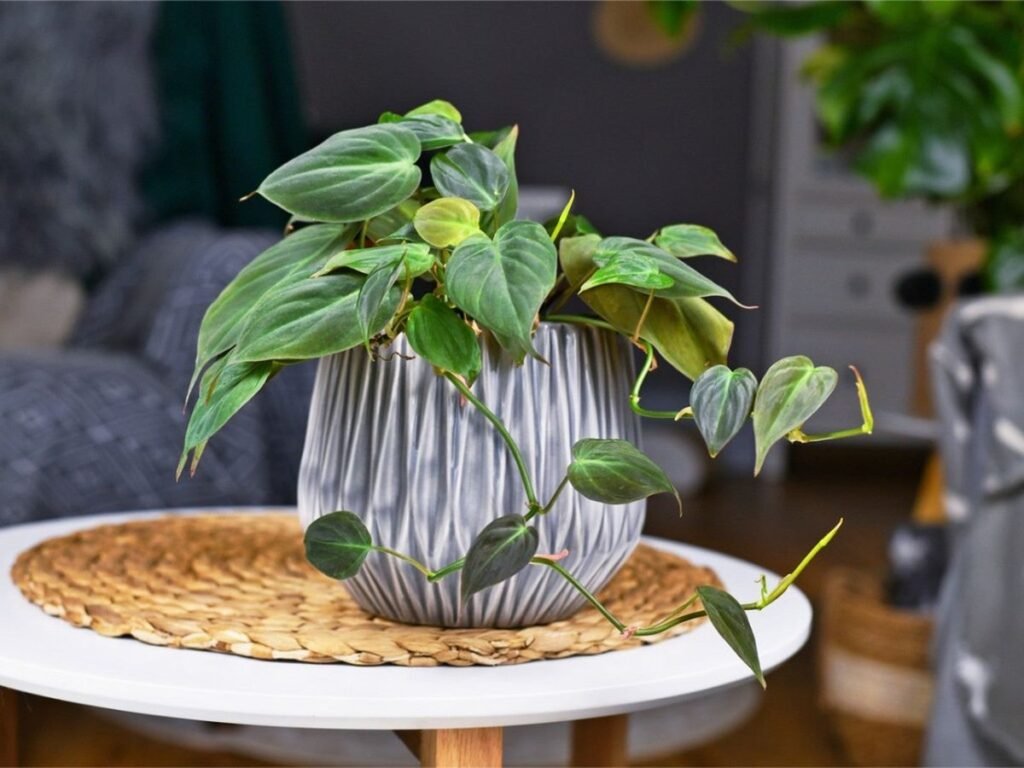

Philodendron, tropical houseplants, indoor vines, air-purifying plants, low-light plants, variegated plants, rare houseplants, plant propagation, climbing plants, indoor jungle, plant care, humidity-loving plants, plant collecting, indoor gardening, foliage plants
Views: 4

